Cats, with their enigmatic personalities and quirky behaviors, have long fascinated pet owners. One of the most intriguing aspects of feline behavior is their attachment to certain toys. While outsiders might view these objects as mere playthings, to your cat, they hold significant emotional value. Understanding the emotional meaning behind your cat’s favorite toys can offer deeper insights into their world, helping to strengthen the bond between you and your furry friend.
The Bond Between Cats and Their Toys
Cats form strong attachments to certain toys because they often symbolize more than just fun. These objects can be a source of comfort, much like a child’s teddy bear. The repetitive batting of a ball or the gentle nuzzle against a plush toy can be an expression of affection or a way to self-soothe. When you observe your cat dragging a beloved toy around the house, it might remind you of a child carrying a security blanket, offering a tangible sense of safety and familiarity.
Understanding the Hunter’s Instinct
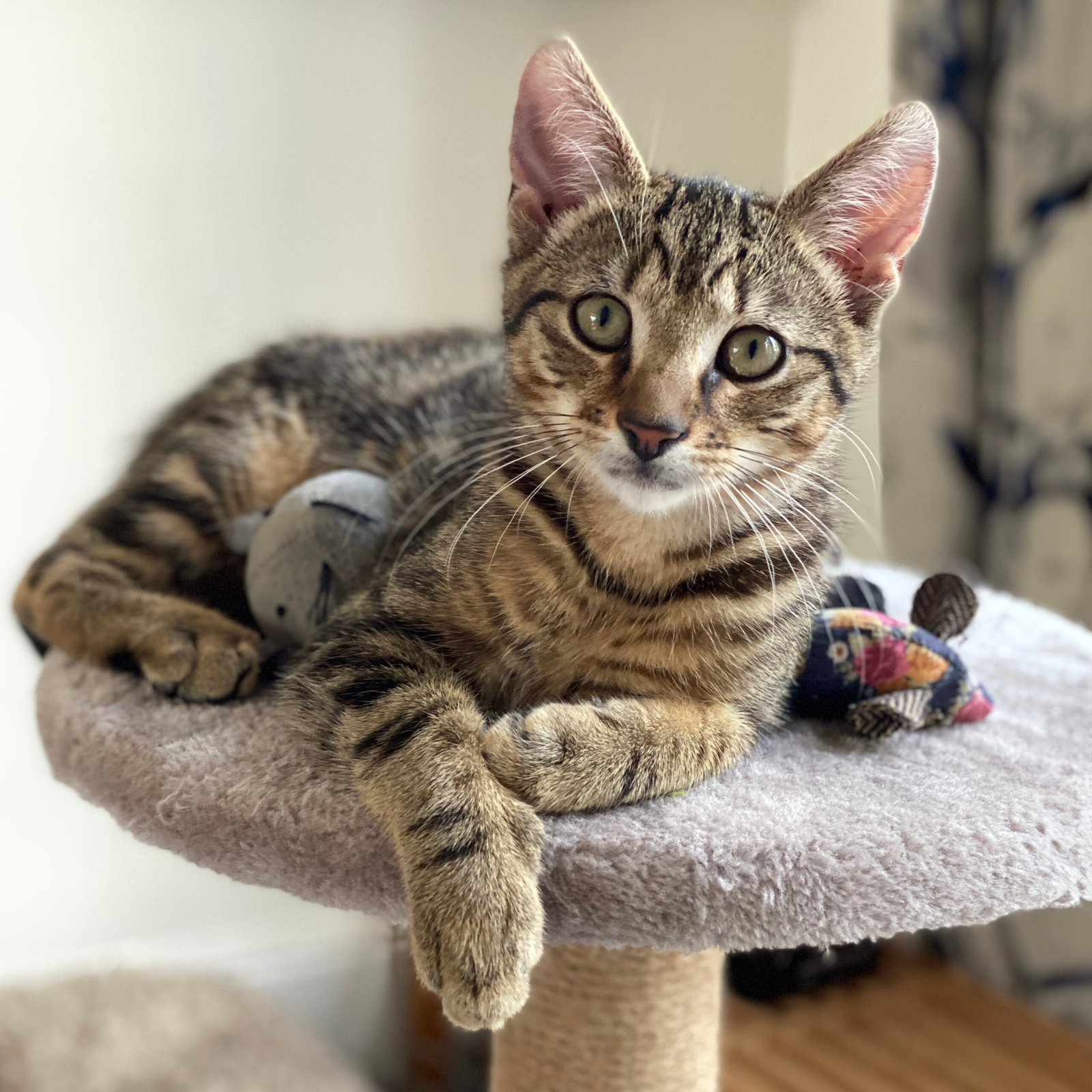
Cats, descendants of wild predators, have an innate hunting instinct. Toys that mimic prey, such as feathered wands or squeaky mice, appeal to this primal urge. When your cat pounces on a toy, it’s not just play; it’s a manifestation of their natural hunting behavior. Engaging with these toys provides mental stimulation and satisfies their need to chase and capture, akin to a lion stalking its prey in the wild.
The Comfort of Familiar Scents
Scent plays a vital role in a cat’s life. A toy that has absorbed the familiar smells of home or even your scent can become a cherished object. Cats have a highly developed sense of smell, and toys that carry comforting scents can provide emotional reassurance. This is why some cats might favor a toy over others – it’s imbued with the familiar aroma of their environment or their human companions.
Play as a Stress Reliever
Cats, like humans, can experience stress and anxiety. Toys offer a distraction and a way to release pent-up energy or tension. When a cat bats around a ball or chases after a laser pointer, it’s not just about the chase – it’s a form of stress relief. Engaging in play can elevate a cat’s mood, akin to how a jog might improve a person’s day.
Symbolic of Social Interaction
In multi-cat households, toys can symbolize social interactions. Cats might engage in play as a means of communication with each other. A shared favorite toy can become a medium through which cats express friendship or dominance. Observing how your cats interact with their toys can provide insights into their social dynamics, much like watching children share (or fight over) toys in a playground.
Preference for Texture and Movement
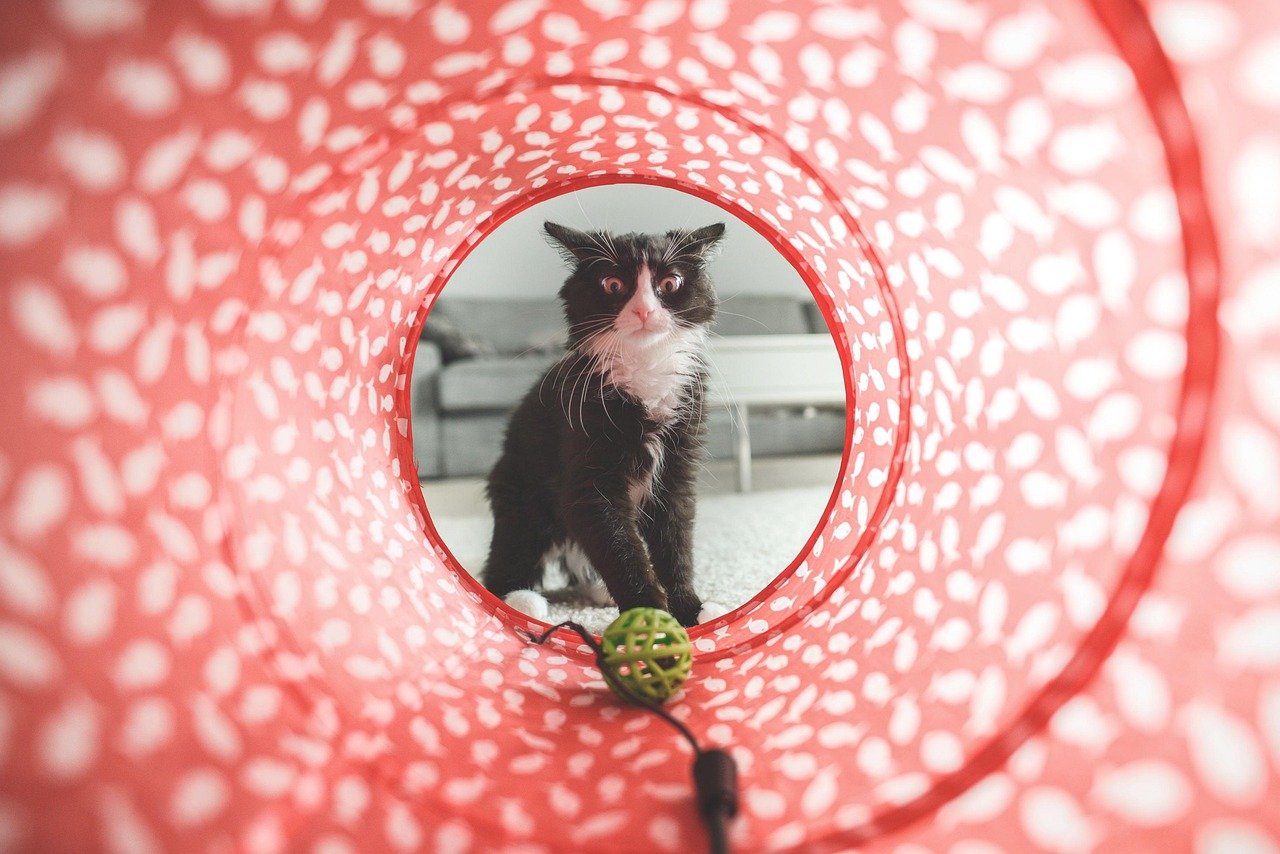
The texture and movement of a toy can significantly influence a cat’s preference. Some cats might favor plush toys for their softness, while others might be drawn to crinkly or rustling sounds. The dynamic motion of certain toys, like those that bounce unpredictably, can mimic the erratic movement of prey, making them irresistible. Each cat’s preference is unique, much like an individual’s taste in music or food.
Age and Toy Attachment
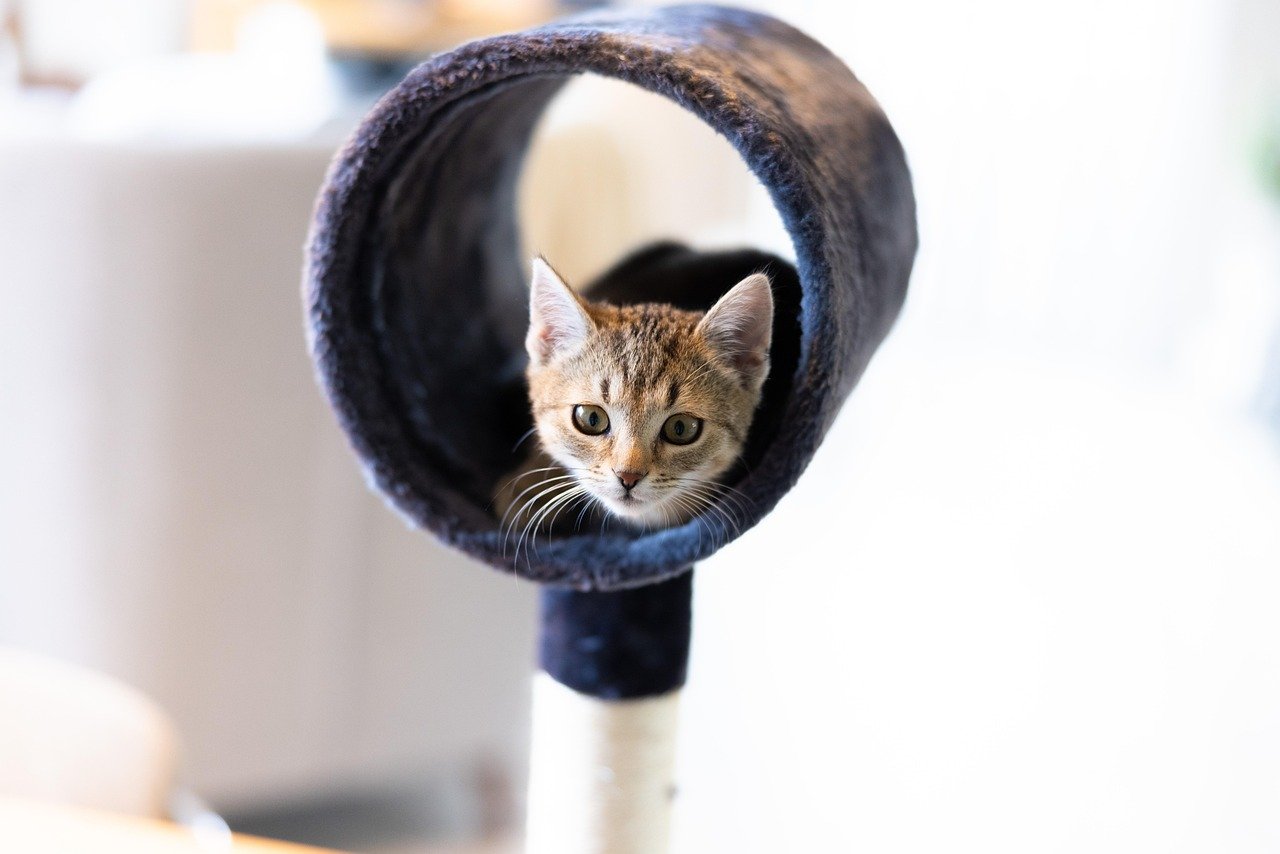
A cat’s age can influence their attachment to toys. Kittens might be drawn to small, fast-moving toys that help develop their hunting skills. In contrast, older cats may prefer softer, more comforting toys that offer easy interaction without too much exertion. Understanding these age-related preferences can help in selecting the right toys for your feline friend, ensuring they remain engaged and happy.
The Role of Memory in Toy Selection
Cats have excellent memories, and a favorite toy might remind them of a positive experience. Whether it was a fun afternoon of play or a comforting presence during a storm, these memories can enhance their attachment. This connection is similar to how a particular song might evoke strong emotions in humans, bringing back memories of a cherished moment.
Interactive Toys and Human Connection
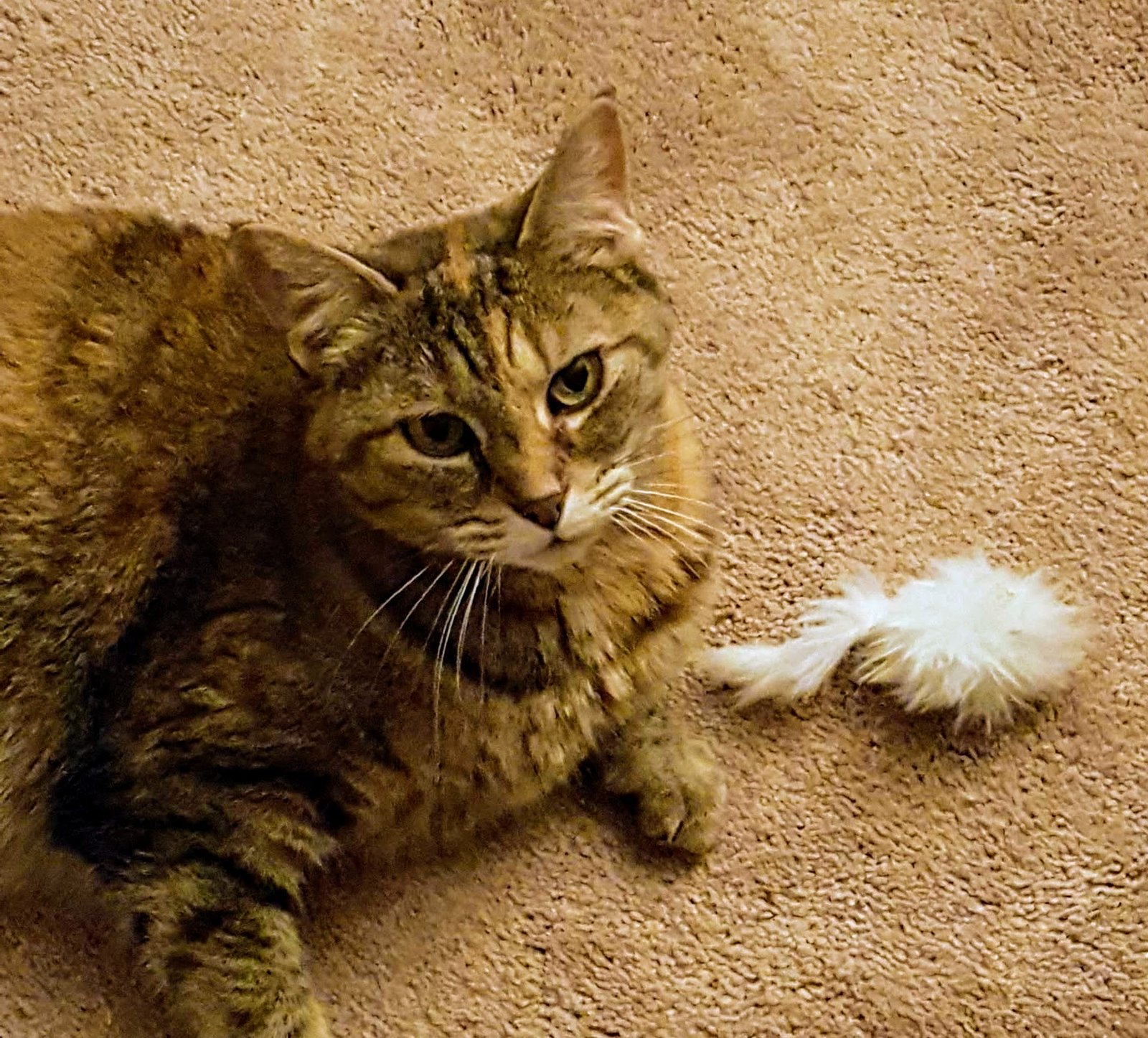
Interactive toys, such as feather wands or laser pointers, require human involvement, which can strengthen the bond between cats and their owners. These toys provide an opportunity for shared playtime, enhancing the emotional connection. Just as playing catch can strengthen a bond between a parent and child, interactive play can deepen the relationship between you and your cat.
The Allure of Sound

Toys that produce sound can captivate a cat’s attention. The jingle of a bell or the squeak of a toy can mimic the sounds of prey, triggering a cat’s hunting instincts. This auditory stimulation can make playtime more engaging, much like how music can enhance a workout session for humans.
Color Attraction
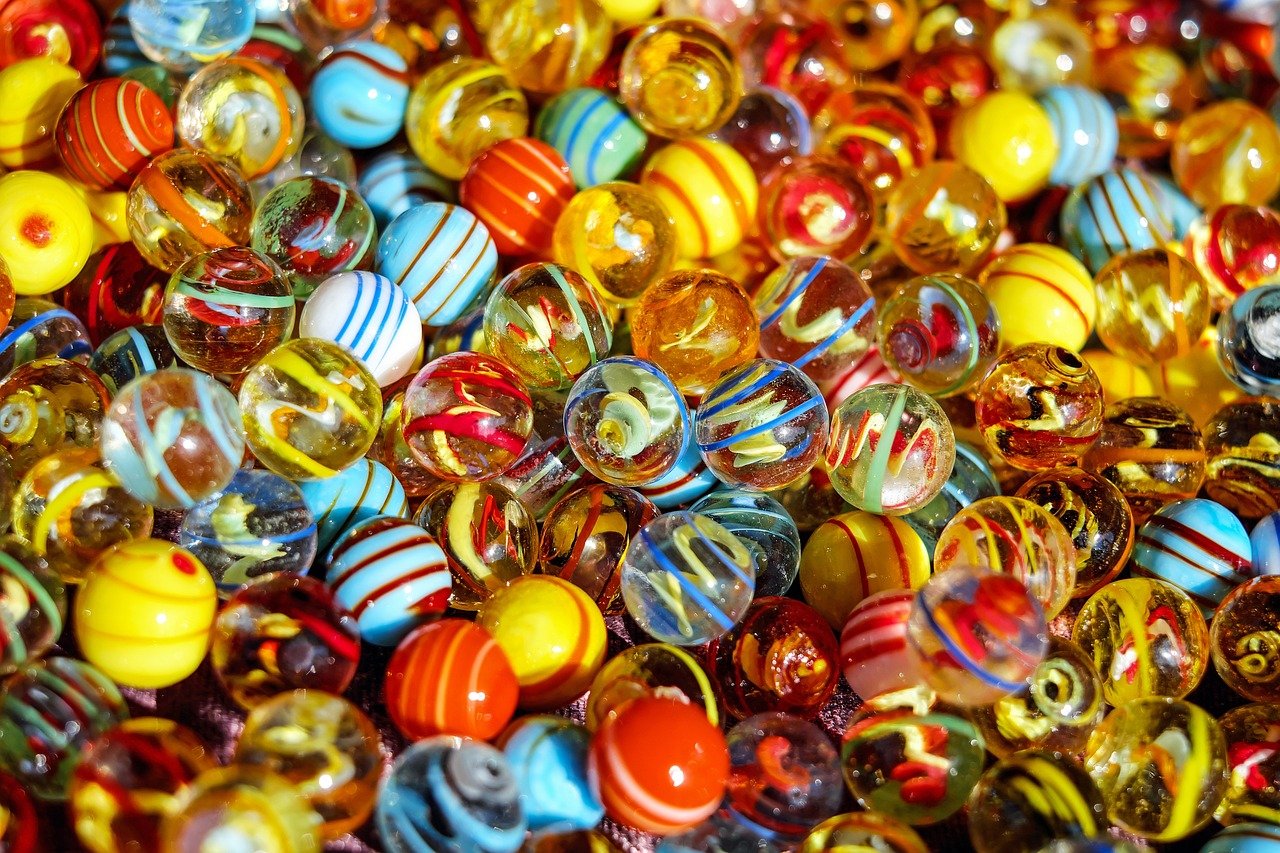
While it’s a common belief that cats are colorblind, they can see some colors, particularly blues and greens. Brightly colored toys might be more visually appealing, catching their attention more easily. This visual stimulation can make these toys more attractive, similar to how humans might be drawn to vibrant artwork.
Size Matters
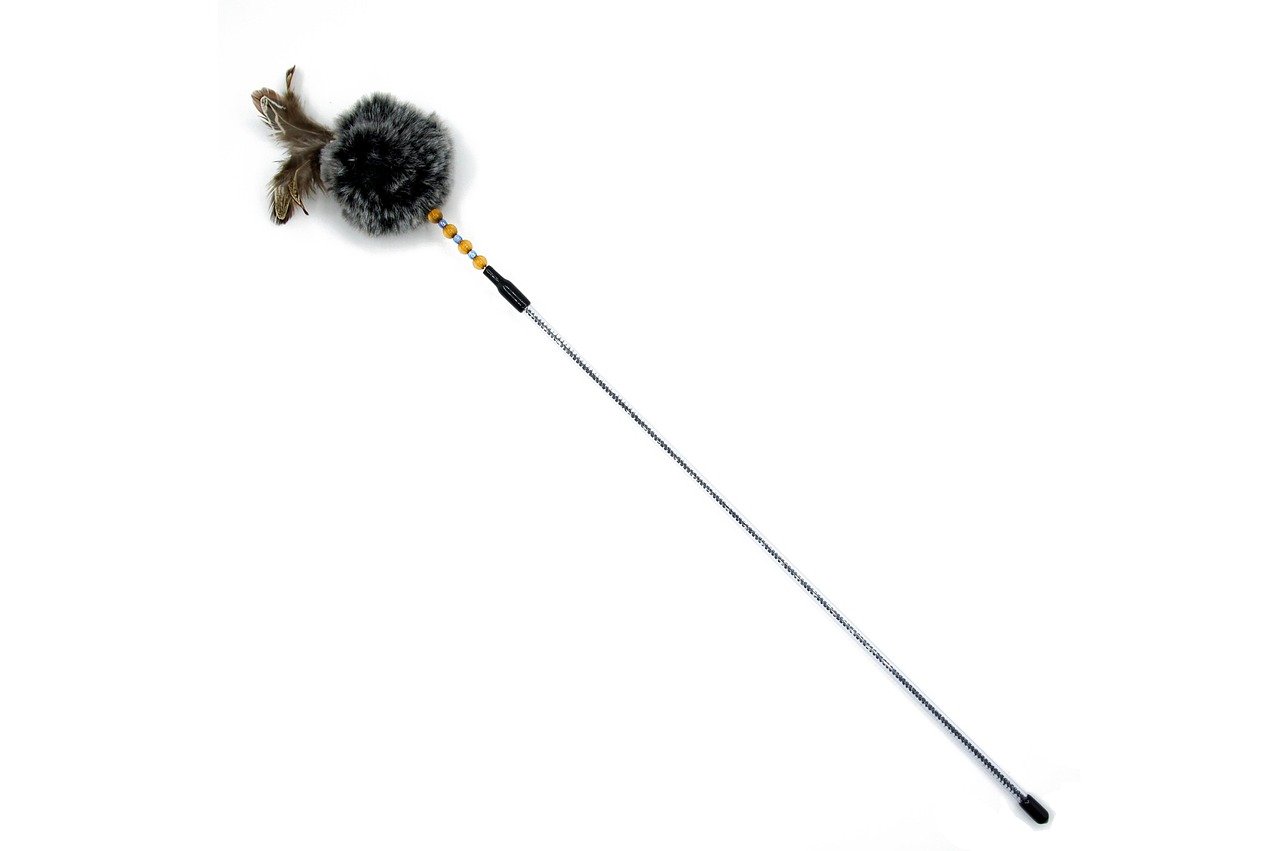
The size of a toy can determine its appeal. Smaller toys might be favored because they are easy to bat around and mimic small prey. Larger toys, however, can offer more substantial interaction, allowing cats to wrestle and cuddle. The size preference can vary among cats, much like how some people prefer small, delicate snacks while others enjoy a hearty meal.
The Joy of Discovery
Cats are naturally curious creatures, and toys that offer an element of surprise or discovery can be particularly engaging. Puzzle toys or those that hide treats can stimulate a cat’s problem-solving skills and provide mental enrichment. This curiosity-driven play is akin to a human enjoying a mystery novel, where the joy comes from uncovering the unknown.
Routines and Rituals
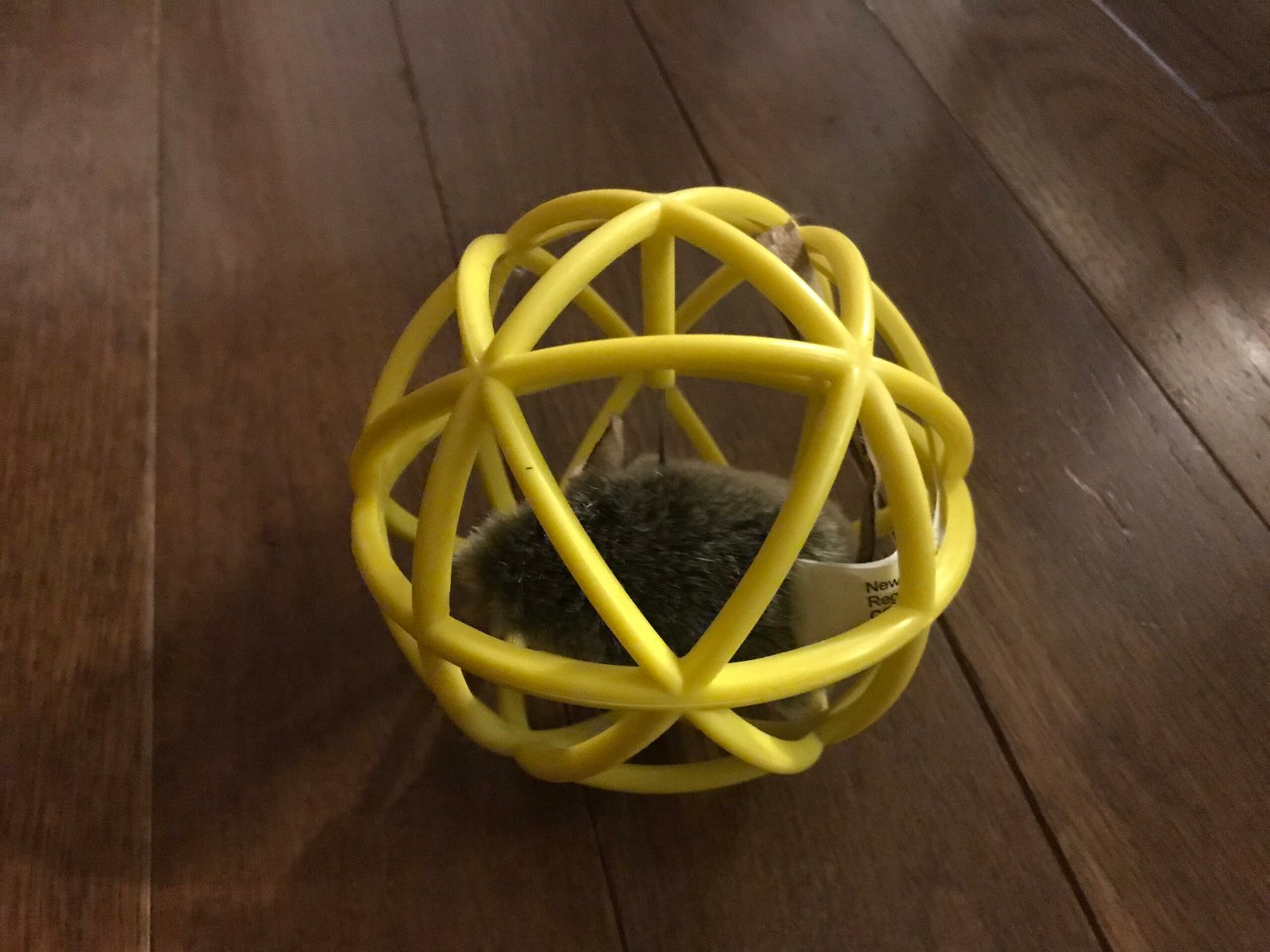
For many cats, playing with certain toys becomes a part of their daily routine. This consistency provides structure and can be a source of comfort. A cat’s routine with their toys can be compared to a person’s morning coffee ritual, offering a predictable and enjoyable start to the day.
Emotional Expression Through Play
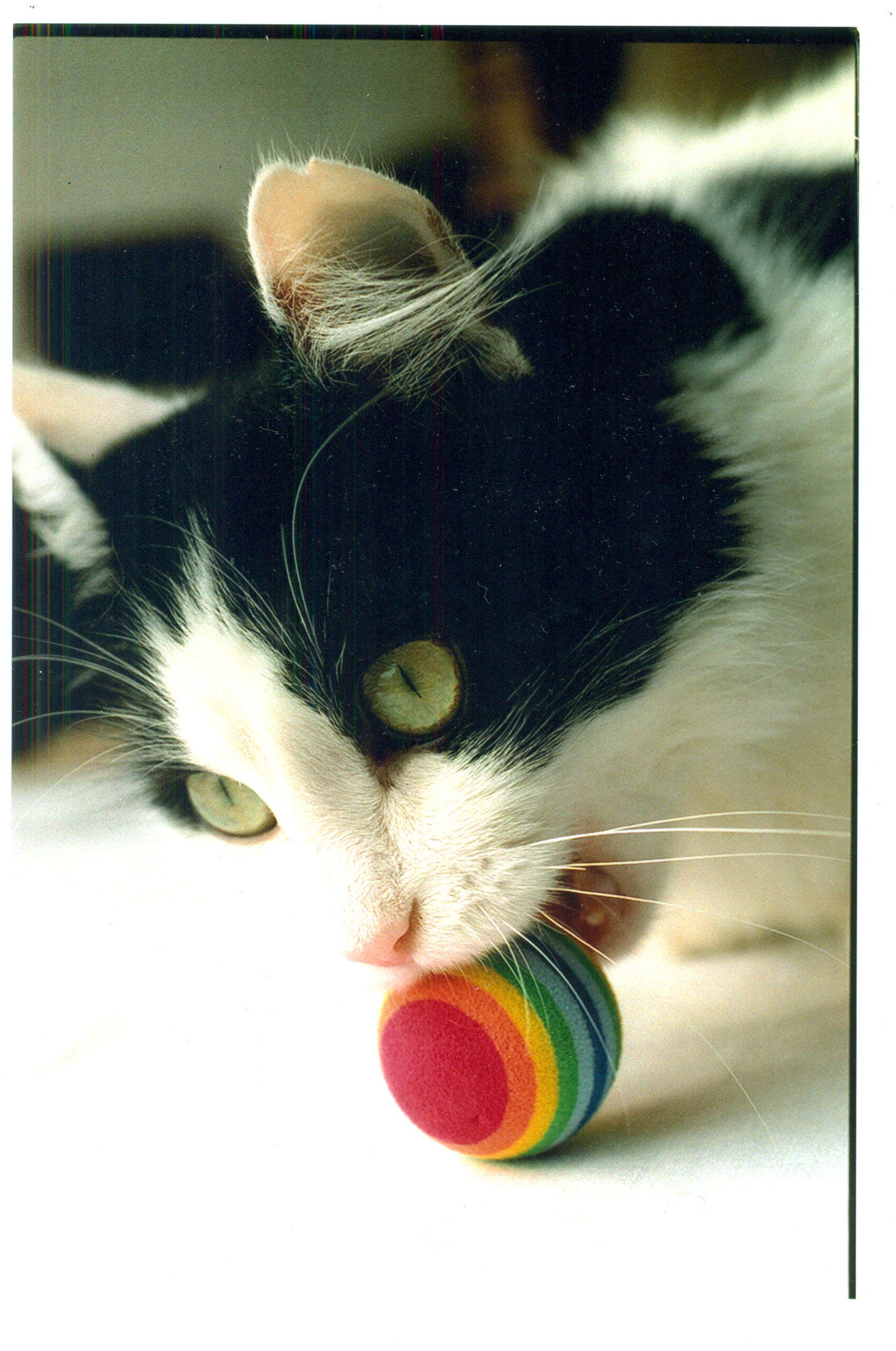
Cats often express their emotions through play. A vigorous session with a toy might indicate excitement or happiness, while gentle batting might suggest contentment. Understanding these emotional cues can help owners gauge their cat’s mood, much like reading a person’s body language.
The Influence of Environment

The environment in which a cat plays can influence their toy preferences. A quiet, serene setting might make a cat more inclined to play with soft, cuddly toys. In contrast, a lively household might encourage more active play with dynamic toys. This adaptability is similar to how people might choose a book to read based on their surroundings—perhaps a thriller for a bustling café or a calming novel for a quiet evening at home.
Playtime as Bonding Time

Playtime is not just for entertainment; it’s a bonding opportunity. When you engage with your cat using their favorite toys, it strengthens your relationship. This shared experience can be likened to a family game night, where the joy comes not just from the activity but from the connection it fosters.
Personalizing the Play Experience
Every cat is unique, and personalizing their play experience can enhance their enjoyment. Observing which toys they favor and tailoring play sessions to their preferences can make playtime more fulfilling. This attention to detail is similar to customizing a gift for a friend, ensuring it resonates personally.
Rotating Toys for Continued Interest
Cats can become bored with the same toys over time. Rotating toys can reignite their interest and keep playtime exciting. This strategy is akin to how people might rearrange furniture to refresh a room’s ambiance, offering a new perspective and renewed enjoyment.
Conclusion
Understanding the emotional significance of your cat’s favorite toys can deepen your appreciation for these playful interactions. Each toy holds a unique meaning, reflecting your cat’s instincts, preferences, and memories. By recognizing these emotional connections, you can enhance your bond with your feline companion, providing them with a fulfilling and enriched life.
Hi, I’m Bola, a passionate writer and creative strategist with a knack for crafting compelling content that educates, inspires, and connects. Over the years, I’ve honed my skills across various writing fields, including content creation, copywriting, online course development, and video scriptwriting.
When I’m not at my desk, you’ll find me exploring new ideas, reading books, or brainstorming creative ways to solve challenges. I believe that words have the power to transform, and I’m here to help you leverage that power for success.
Thanks for stopping by, Keep coming to this website to checkout new articles form me. You’d always love it!






